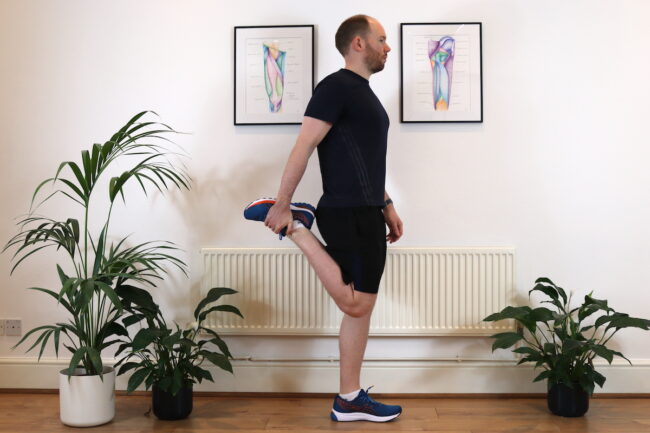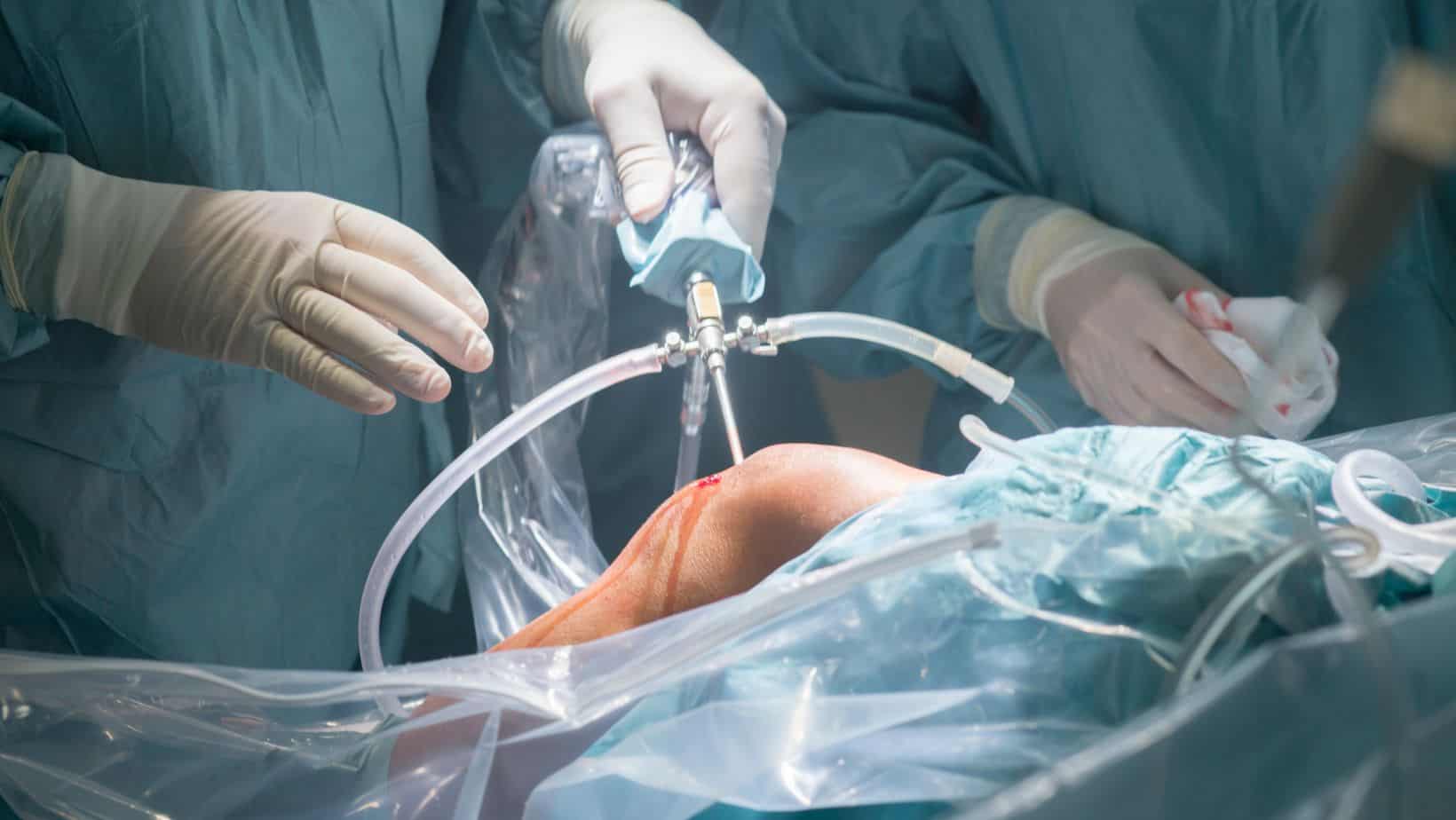Osgood-Schlatter Disease | Symptoms, Causes and Diagnosis
Read More >
Osgood-Schlatter disease will usually take about 6 weeks of rest and correct management for the pain to settle and the condition to improve and resolve. It can take a lot longer if the appropriate rest and reduction of activities are not carried out and if the correct management, such as stretching and strengthening, is not followed.

Massage can be a helpful treatment for Osgood-Schlatter disease. Massage to the quadriceps muscles at the front of the thigh can help to relax the muscle and this reduces the tension and force of the attachment to the tibial tuberosity, which is where the inflammation and pain are located with this condition.
Osgood-Schlatter disease will, in most cases, continue until the skeleton matures and hardens unless the appropriate rest and treatments are followed. A lot of the time, because it hurts to do activities, the individual will not want to do sport while it is painful. Therefore the inflamed bone will have the rest that it needs as a response to symptoms. If it is not rested, the pain will persist.
Osgood-Schlatter disease is not permanent in most cases. About 90% of cases will resolve with rest or by adulthood when the skeleton matures and hardens and the bone of the tibial tuberosity is no longer vulnerable to becoming inflamed. In a small number of cases, the condition can continue past this time, it is estimated that around 10% of cases continue into adulthood, and these cases will need further interventions such as steroid injections or surgery.
Stretching is a useful treatment that is very cost-effective and can be done at home by the individual. Static stretches of the quadriceps muscle, at the front of the thigh, help to relax the muscle and this reduces the tension on the tibial tuberosity.


Heat is an effective treatment for Osgood-Schlatters when applied to the tight muscles, as it can help with muscle relaxation and to reduce tension. However, for more immediate pain relief, ice is more commonly used directly to the point of pain at the tibial tuberosity to numb the area and provide relief from symptoms.
A common concern for parents is whether Osgood-Schlatter disease affects the growth and height of their child. The answer is no, there is no link between reduced height with individuals who have had Osgood-Schlatters disease, as compared with those who have not had this condition. While it is a condition of the bones it does not have any specific effect on the growth or health of the bones.

Removal of Osgood-Schlatters, or the lump that forms at the front of the tibial tuberosity, is sometimes used to treat the condition if it persists into adulthood and if pain persists past the maturation of the skeleton and hardening of the bones. The bump removal is sometimes necessary to resolve this persistent pain. This is the last resort in terms of treatment and is usually only offered when all other treatment options have been exhausted.
Surgery for Osgood-Schlatter disease is uncommon. 90% of cases resolve by adulthood, and it is only a small number of the remaining 10% that go on to need surgery to resolve this issue. Arthroscopic or open surgery can be performed to remove the ossicle that has formed at the tibial tuberosity and the majority of these cases will be pain-free after several months, once fully recovered from surgery.
This is not medical advice. We recommend a consultation with a medical professional such as James McCormack. He offers Online Physiotherapy Appointments for £45.